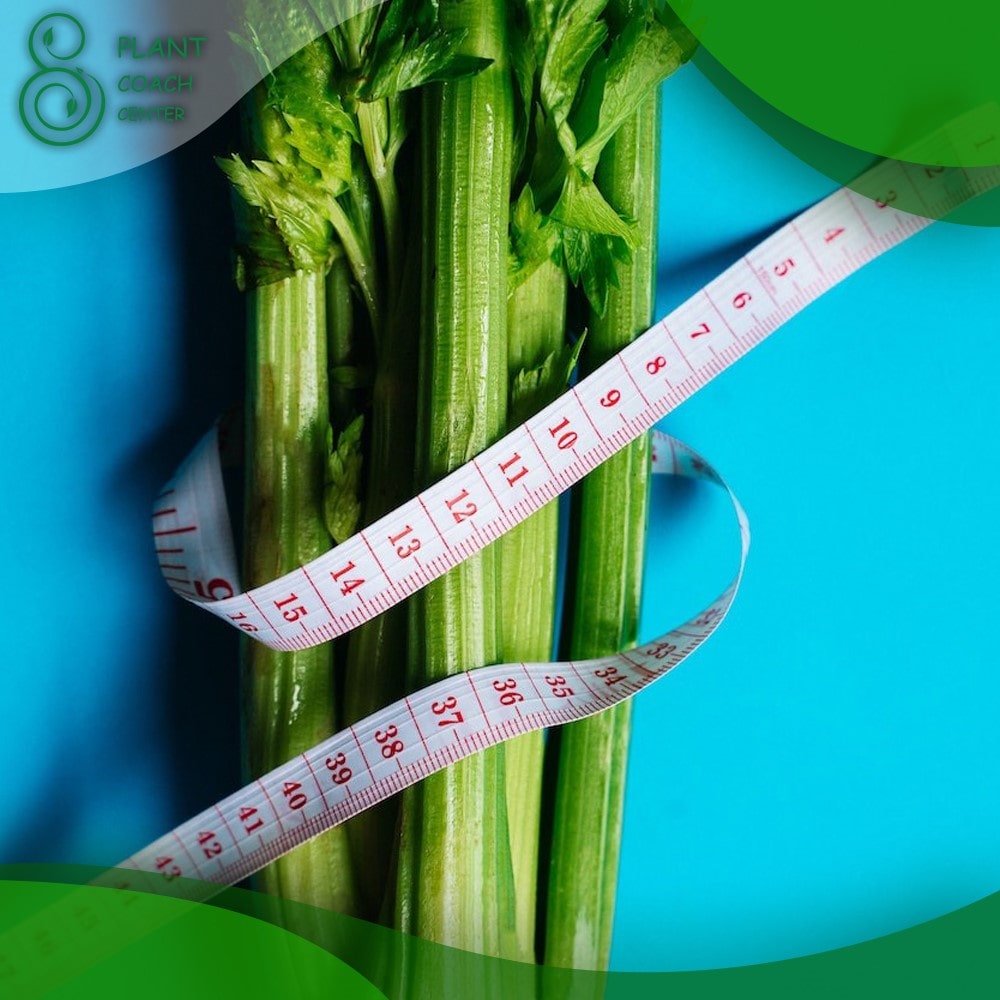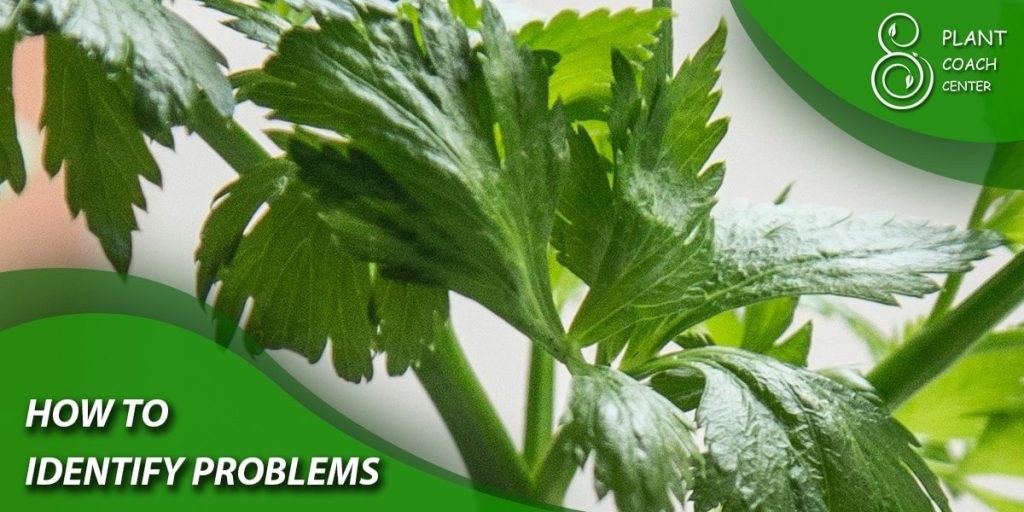When to Plant Celery
Growing celery in your home garden has several benefits, including:
– Fresh and Nutritious: Homegrown celery is fresher and more nutritious than store-bought celery.
– Cost-Effective: Growing celery at home is cost-effective and can save you money on groceries.
– Sustainable: Growing your own food is a sustainable and environmentally friendly practice.
– Fun and Rewarding: Gardening is a fun and rewarding hobby that can provide a sense of accomplishment and satisfaction.
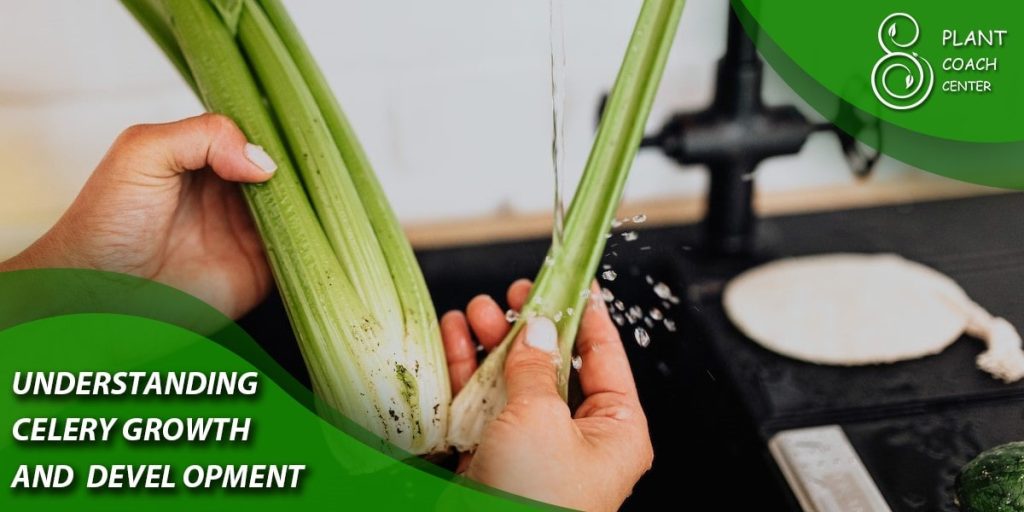
Understanding Celery Growth and Development
Celery is a cool-season crop that typically takes around 120 days to mature. The plant has a taproot system and produces leaves from a central rosette. As the plant grows, it can reach up to 2 feet in height. Celery can be harvested by cutting the outer stalks as needed, and it will continue to produce new stalks throughout the growing season.
Factors to Consider When Planting Celery
Climate and Geographic Location
The best time to plant celery depends on your climate and geographic location. In general, celery can be planted in the spring or fall, but the timing may vary based on your region’s temperature and weather conditions. In warmer climates, celery can be planted in the fall for a winter harvest, while in colder areas, it is best to plant in the spring for a summer harvest.
Soil Type and Quality
Celery requires well-draining soil that is rich in organic matter. Before planting, it is essential to prepare the soil by adding compost or other organic matter to improve the soil’s quality. The pH level of the soil should be between 6.0 and 7.0 for optimal growth.
Sunlight and Water
Celery requires full sun to partial shade and consistent moisture. It is important to provide the plant with enough water, but not too much, as this can cause root rot. The plant should be watered deeply once a week, and the soil should be kept consistently moist but not waterlogged.

Best Practices for Planting Celery
Preparing the Soil
Before planting celery, it is essential to prepare the soil. Start by removing any weeds and rocks from the planting area. Then, add compost or other organic matter to the soil to improve its quality. The soil should be tilled to a depth of at least 6 inches to ensure good drainage.
Planting Techniques
Celery can be started from seed or transplants. When planting from seed, sow the seeds about 1/4 inch deep and 2-4 inches apart. When planting transplants, dig a hole large enough to accommodate the plant’s root ball and water thoroughly after planting. Celery should be spaced about 8-12 inches apart in rows that are 18-24 inches apart.
Watering and Fertilizing
Celery requires consistent moisture and can benefit from regular fertilization. Water the plant deeply once a week and fertilize every 4-6 weeks with a balanced fertilizer. It is important to avoid overwatering, as this can cause root rot, and to avoid over-fertilizing, as this can lead to excessive leaf growth and poor root development.
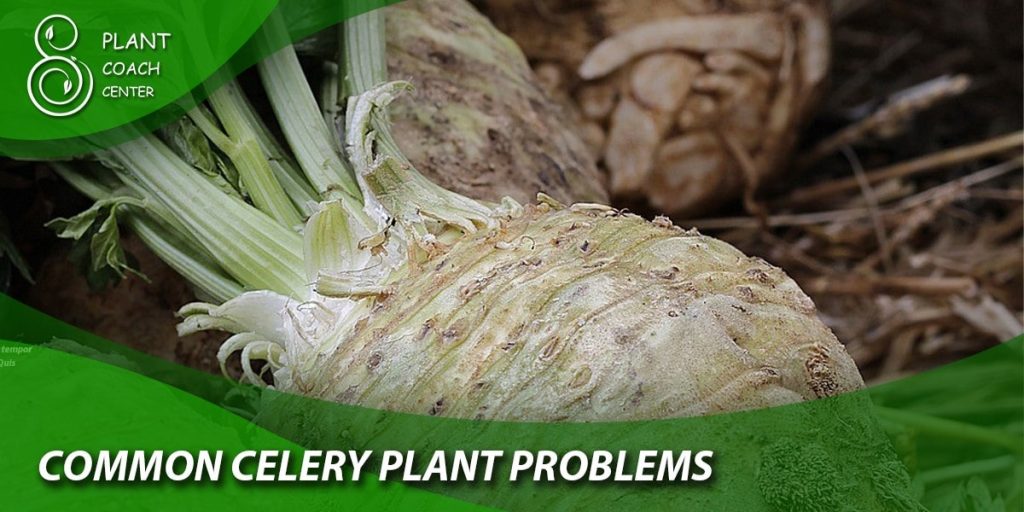
Common Celery Plant Problems
Pest Infestations
Celery can be susceptible to pest infestations, such as aphids, flea beetles, and cutworms. These pests can damage the plant’s leaves and reduce the overall yield. To control pest infestations, it is important to monitor the plants regularly and use natural control methods such as neem oil or introducing beneficial insects.
Diseases
Celery can be susceptible to diseases such as leaf spot and downy mildew. These diseases can cause yellowing and wilting of the leaves and can be challenging to control. To prevent diseases, it is important to practice good sanitation, such as removing any infected plants and treating with a fungicide. Additionally, it is important to avoid overhead watering, which can promote the spread of fungal diseases.
Nutrient Deficiencies
Celery requires certain nutrients, such as nitrogen, phosphorus, and potassium, to grow and develop properly. A lack of these nutrients can cause stunted growth and poor yields. To prevent nutrient deficiencies, it is important tofertilize regularly and ensure that the soil has adequate levels of these nutrients. Additionally, using compost or other organic matter can help improve the soil’s nutrient content.
How to Identify Celery Problems and Solutions
Signs of Plant Problems
It is important to monitor celery plants regularly for signs of problems. Signs of plant problems can include yellowing or wilting leaves, pest damage, and slow growth. By identifying these problems early, you can take action to prevent further damage and save your crop.
Troubleshooting Tips
If you notice signs of plant problems, there are several troubleshooting tips you can try. For example, if you suspect a pest infestation, you can try introducing beneficial insects or using natural pest control methods. If you notice a nutrient deficiency, you can fertilize the plant or add compost or other organic matter to the soil.
Treatment Options
If plant problems persist, there are several treatment options available. For example, you can use a pesticide to control pest infestations or a fungicide to treat fungal diseases. It is important to follow the instructions on these products carefully and use them only as directed.
Celery Care and Maintenance
Pruning and Harvesting
Celery can be harvested by cutting the outer stalks as needed. It is important to leave the inner stalks intact, as these will continue to produce new growth. Additionally, pruning the plant can help improve airflow and prevent pest infestations.
Crop Rotation and Soil Management
To prevent soil-borne diseases and nutrient depletion, it is important to practice crop rotation and soil management. This involves rotating crops each season and adding compost or other organic matter to the soil to improve its quality.
Winter Protection
In colder climates, it is important to protect celery plants from frost and freezing temperatures. This can be done by covering the plants with a frost blanket or moving them to a protected area, such as a greenhouse or cold frame.

When to Plant Celery
Factors to Consider for Optimal Planting
As mentioned earlier, the best time to plant celery depends on several factors, including your geographic location and climate. It is important to consider these factors when planning your celery planting schedule.
Spring Planting Guide
If planting in the spring, it is important to wait until the soil has warmed up to at least 50°F before planting. Start seeds indoors about 10-12 weeks before the last frost date, and transplant seedlings outdoors once the soil has warmed up.
Summer Planting Guide
In warmer climates, celery can be planted in the summer for a fall harvest. Start seeds indoors about 12-14 weeks before the first expected frost date, and transplant seedlings outdoors once the soil has warmed up.
Fall Planting Guide
Celery can also be planted in the fall for a winter harvest. Start seeds indoors about 14-16 weeks before the first expected frost date, and transplant seedlings outdoors once the soil has cooled down. In colder climates, it is important to protect the plants from frost and freezing temperatures.
Winter Planting Guide
In milder climates, celery can be planted in the winter for a spring harvest. Start seeds indoors about 16-18 weeks before the last expected frost date, and transplant seedlings outdoors once the soil has warmed up.
Choosing the Right Celery Variety
Popular Celery Varieties
There are several popular celery varieties to choose from, including:
– Golden Self-Blanching: A yellow-green variety that is easy to grow and has a mild flavor.
– Utah 52-70: A green variety that is resistant to bolting and has a crisp, sweet flavor.
– Tango: A dark green variety that is disease-resistant and has a strong, robust flavor.
Choosing the Best Variety for Your Garden
When choosing a celery variety, it is important to consider factors such as your climate, soil type, and personal taste preferences. Some varieties may be better suited to certain growing conditions than others.
Growing Celery in Containers
Benefits of Container Gardening
Growing celery in containers can be a great option for those with limited space or poor soil quality. Container gardening allows you to control the soil quality and provides more flexibility in terms of location and mobility.
Tips for Growing Celery in Containers
When growing celery in containers, it is important to choose a large, deep container to accommodate the plant’s taproot system. Additionally, it is important to use a well-draining potting mix and provide the plant with consistent moisture and regular fertilization.
Harvesting and Preserving Celery
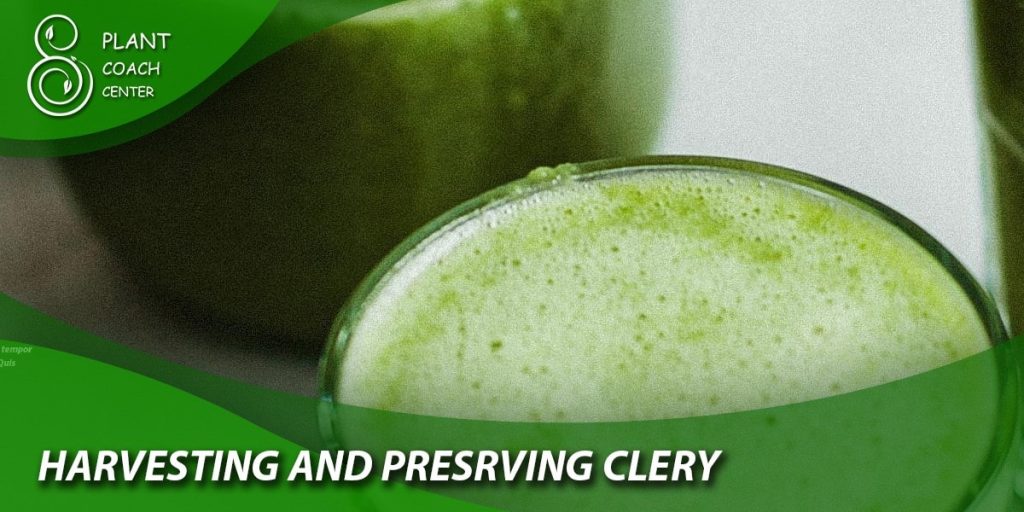
When to Harvest Celery
Celery can be harvested as soon as the stalks are large enough to use. It is important to cut the stalks close to the base of the plant and leave the inner stalks intact for continued growth.
Tips for Storing and Preserving Celery
Celery can be stored in the refrigerator for up to a week. To preserve celery for longer periods, it can be blanched and frozen or canned in brine. To blanch celery, blanch the stalks in boiling water for 3-4 minutes, then cool them in ice water before freezing. To can celery in brine, cut the stalks into desired lengths and pack them into sterilized jars. Then, mix a solution of water, vinegar, and salt and pour it over the celery. Process the jars in a water bath canner for the recommended time.
Conclusion
Growing celery in your home garden can be a fun and rewarding experience, providing you with fresh and nutritious produce right at your doorstep. By understanding the factors involved in celery growth and development, best practices for planting, common problems and solutions, and care and maintenance, you can ensure a successful harvest.
Remember to choose the right variety for your garden and consider container gardening if you have limited space. With these tips and techniques, you can enjoy the many benefits of growing celery in your home garden. For more gardening tips and resources, visit plantcoachcenter.com.
When should I plant celery?
Spring or early summer.
Can I plant celery in the fall?
No, celery is typically planted in spring or early summer.
What is the best time to sow celery seeds?
Start sowing celery seeds indoors 10-12 weeks before the last frost date.
Is it possible to grow celery year-round?
Celery is a cool-season crop, so it is best to plant it during the appropriate season for your region.


